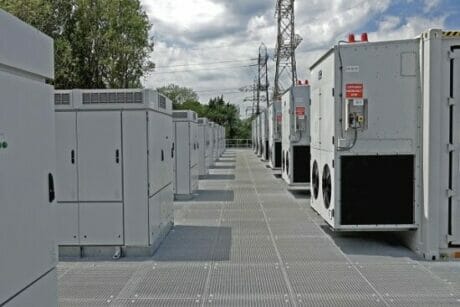No products in the cart.
- Course No E – 1502
- PDH Units 6.00
Course No E - 1502
PDH Units 6.00
- Course No E – 1502
- PDH Units 6.00
Course No E - 1502
PDH Units 6.00
Intended Audience: all engineers, especially electrical & safety
PDH UNITS: 6
This course is based on the publication, A Guide to Electrical Safety. The techniques and methodologies described in this course document are applicable to most areas in the United States and Canada and are intended to assist employees with little or no training in electrical safety. Whenever working with power tools or around electrical circuits, there is a risk of electrical hazards, especially electrical shock. Anyone can be exposed to these hazards in construction, industrial settings or at home. Workers can be exposed to increased hazards because the nature of job-sites can be fast paced, cluttered with tools and materials, and open to the weather. Risk is also higher at work because many jobs involve electric power tools. The guide discusses the dangers of electricity, electrical shock and the resulting injuries. Various electrical hazards are described. The Safety Model is introduced as an important tool for recognizing, evaluating and controlling hazards. It emphasizes practices that will help keep employees safer. Through the completion of this course, an employer or manager can determine what actions are necessary to reduce the risk of employee exposure to electrical hazards. This course provides the most important recommendations and how to implement them. With the proper application of these procedures, as well as consistent enforcement practices, it is likely that employees will know what to do to avoid electrical hazards. This guide is intended to be consistent with all existing OSHA standards. If an area of this course is considered by the reader to be inconsistent with OSHA, then the OSHA standard should be followed.
Learning Objectives
At the conclusion of this course, you’ll be able to identify and discuss:
- Understand the fundamentals of electricity;
- Understand the sources of work related electrical hazards in construction;
- Understand the sources of work related electrical hazards in industry;
- Know how to identify electrical hazards;
- Know how to avoid electrical hazards;
- Become familiar with common electrical deficiencies;
- Be aware of secondary electrical hazards;
- Be introduced to electrical hazard inspection guidelines;
- Become familiar with electrical testing methods;
- Become familiar with electrical testing equipment;
- Become familiar with Ground Fault Circuit Interupters;
- Understand common electrical deficiencies; and
- Be better prepared in the implementation of a safe and successful work environment.
Once completed, your order and certificate of completion will be available in your profile when you’re logged in to the site.








